Arturia Synthx V – Italy’s Finest Synthesizer Reborn
Set Your Laser Harps to Stunned
The legendary Elka Synthex receives the Arturia treatment as Synthx V, delivering this Italian classic with a French twist.
The Elka Synthex is a member of a very exclusive synth club in as much as it is an instrument that is, for better or worse, inextricably linked to a single artist. At the head of this club is the venerable CS-80 and Vangelis. The Synthex is accompanied into this club by one Jean Michel Jarre.
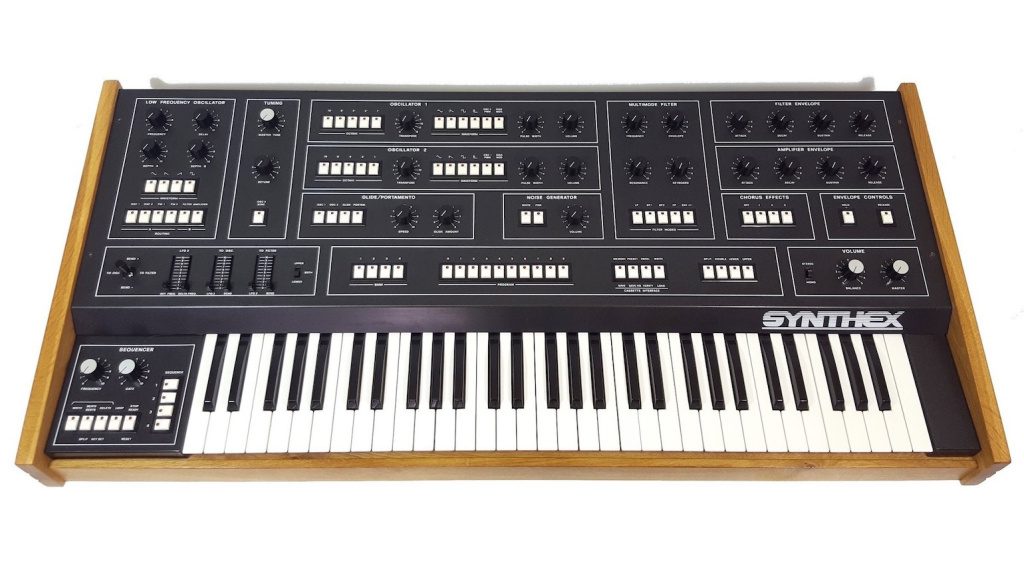
Despite Jarre being synonymous with a number of instruments, the Elka Synthex and his use of one specific patch ensures lifetime membership of the club. Without fail, if you came across a Synthex, you would not only know what it was most famous for, but you would be hunting for that patch to play before any other.
Such membership is a double-edged sword. On the one hand, too many people don’t look beyond ‘that’ sound and miss out on the other joys of the Synthex. Conversely, many people will go to great lengths to avoid ‘that’ sound and may never even go there at all, instead exploring what is one of the least appreciated, great synths of its day.
Arturia, to their credit, resisted the temptation of making the Laser Harp sound patch A1, at least they did on the version I’ve been reviewing. Instead, the opener is a super-lush pad that fully exploits the synths bi-timbral design. So let’s dive in and see how well Arturia have done. Andiamo, amici miei…
Arturia Synthx V Review
The Highlights
- Recreates the Elka Synthex interface and sound with ease
- Expands functionality either hidden within or not possible with the original
- Enhanced arp/sequencer
- A raft of quality effects
- MPE capability
The Arturia Synthx V
At first glance, the Synthx V UI is immediately recognisable as that of a Synthex. The inventor of the original, one Signore Mario Maggi, was unquestionably inspired by the work of Dave Smith over at Sequential Circuits.
The buttons, the layout, the wooden case… Maggi was not hiding his inspiration in the slightest. And so it is that anyone coming from the original hardware will almost instantly feel at home with Arturia’s UI. Instead of a joystick, traditional pitch bend and mod wheels are one of a few noticeable changes.
Under the hood of this new plugin lies a very faithful recreation of the original’s DCO, CEM3320-filtered sound engine, complete with ring modulation and pulse-width cross-modulation. Another thing that set the Synthex apart, sonically, was its built-in chorus. And that is also replicated here.
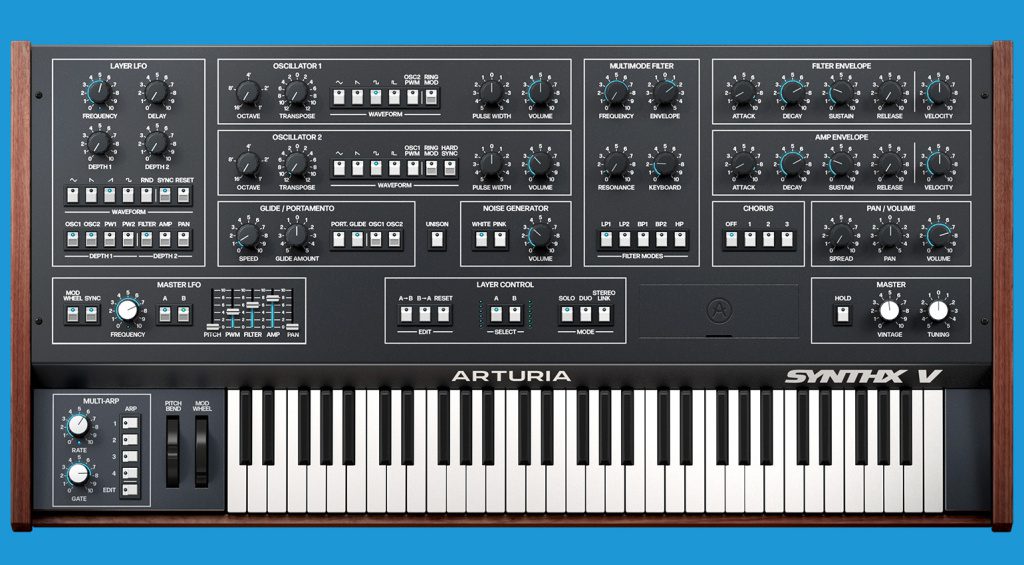
Polyphony is doubled, which now gives you room to breathe, especially with layered sounds, but you are able to set polyphony to eight to maintain authenticity if that’s your thing. As mentioned earlier, the CEM3320 high pass filter has been modelled here, but Arturia has added new low pass filter which, according to our Gaelic friends, was actually lurking in the original circuitry but never implemented!
The User Interface
The user interface has been tinkered with ever so slightly, in as much as they have changed some switches to a rotary selector, such as the footage selection on the oscillator section. Other buttons and knobs have been added to allow manipulation of the extra features, but overall this is a very familiar layout and is done with Arturia’s typical excellence.
One neat UI touch is how the user is informed about which layer the controls relate to. With layer A selected, the rotary controls have a blue ring around the dial and the buttons have blue lights when activated. And when layer B is selected, that blue turns to a bright green.
There’s also the now-familiar hidden panel just to the right. Clicking on this exposes a number of fine-tuning controls that alter the behaviour of pitch, pulse width, filter cutoff and resonance and other functions. There is a vintage knob too, should you wish to have your Synthx V sound like it needs a trip to your tech!
Improvements and Enhancements
So, other than the filter, what else have Arturia changed or improved? Well, one of the most unique features of the original Elka Synthex was the 4-lane sequencer/arpeggiator and to omit this would have been incredibly foolhardy. Luckily for us, Arturia not only included it but expanded on it. Each layer can have it’s own sequence and there’s an abundance of preset patterns, rhythms and gate options to play with. There’s even multiple scaling available. It’s a properly powerful tool.
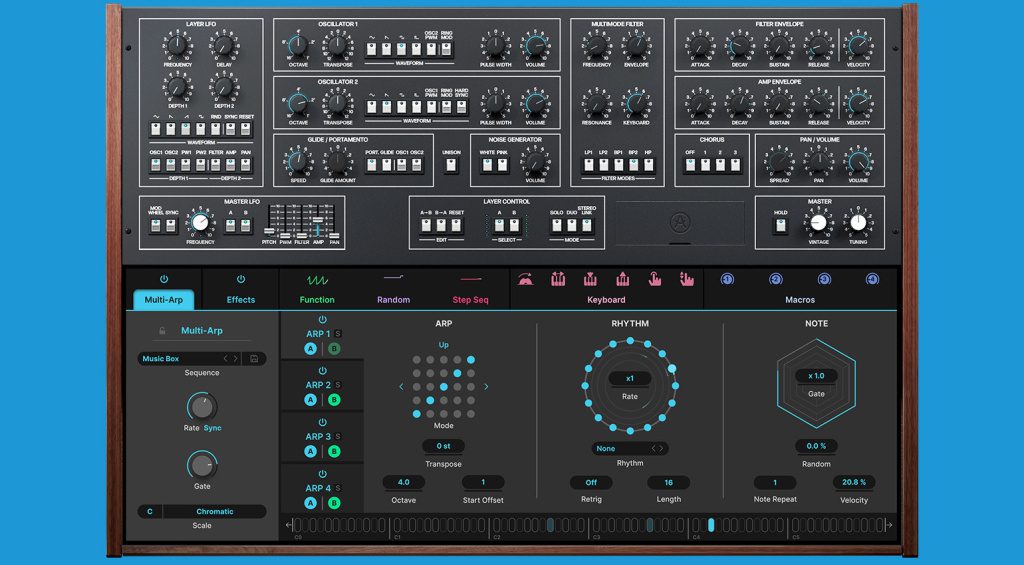
There’s a whole host of envelope-shaping tools, each of which includes numerous preset shapes. Keyboard actions can be independently mapped, such as velocity, aftertouch and MPE slide. Oh yes, the Synthx V brings MPE to the Synthex party! And as is common these days on Arturia synths, there are four macros for you to assign pretty much whatever you bloomin’ well like!
And then we have the effects section. The OG Synthex had a chorus, which back then was pretty unique for an analogue poly, save for maybe the Roland JUNOs. That chorus is here but is now backed up by a myriad extra effects that includes spatial FX, dynamics, EQ, distortions and a wealth of modulations which also include Arturia’s take on the JUNO chorus as well as flangers, phasers and unisons. There are four FX slots so you can get super creative in this department.
Synthx V’s patch browser is the now familiar and excellent design seen across all of Arturia’s plugin instruments these days. Favourites and playlists can be made and re-ordered to your heart’s content. It’s the icing on the cake of what is a brilliant reimagining of this oft-overlooked, amazing polysynth.
How Does the Synthx V Sound?
And how does it sound? It sounds brilliant. Because of the nature of the original’s less-than-brilliant sales success, there are not many people who could lay claim to being able to say with certainty and accuracy if Arturia have nailed it. And given that no two analogue synths can sound identical anyway, trying to establish parity is a pointless exercise.
But what Synthx V does do is give you that classic Synthex sound, with all of the sound-shaping controls of the original and more. It sounds big, wide, rich, warm, searing and yes, it does that laser harp sound very nicely indeed.
In Conclusion
We are going to reach a point where companies like Arturia are going to run out of synths to emulate. We mustn’t forget that Cherry Audio made a superb and truly admirable effort with the Synthex already. Some might ask why there’s such a price gap between the two. I couldn’t say with any authority, but what I can say is that at least we have options.
No doubt, the Synthx V will end up in the next V Collection at some point, and many might want to wait until it does and take advantage of favourable upgrade prices. But if you’ve been hankering after a Synthex experience, the Arturia Synthx V is a truly superb way of getting it.
Pros
- Excellent CPU usage
- Sonically equal to the original, allowing for inherent variables
- Expanded filter functionality
- Superb expansion of arp/sequencer and FX sections
- MPE compatibility
- Comprehensive patch browser
Cons
- Cheaper alternatives available
- Won’t be in the V Collection for a while
More Information
Arturia’s Synthx V is available now for €199, with V Collection owners getting even more discounts if they check the price when logged in to their Arturia accounts.
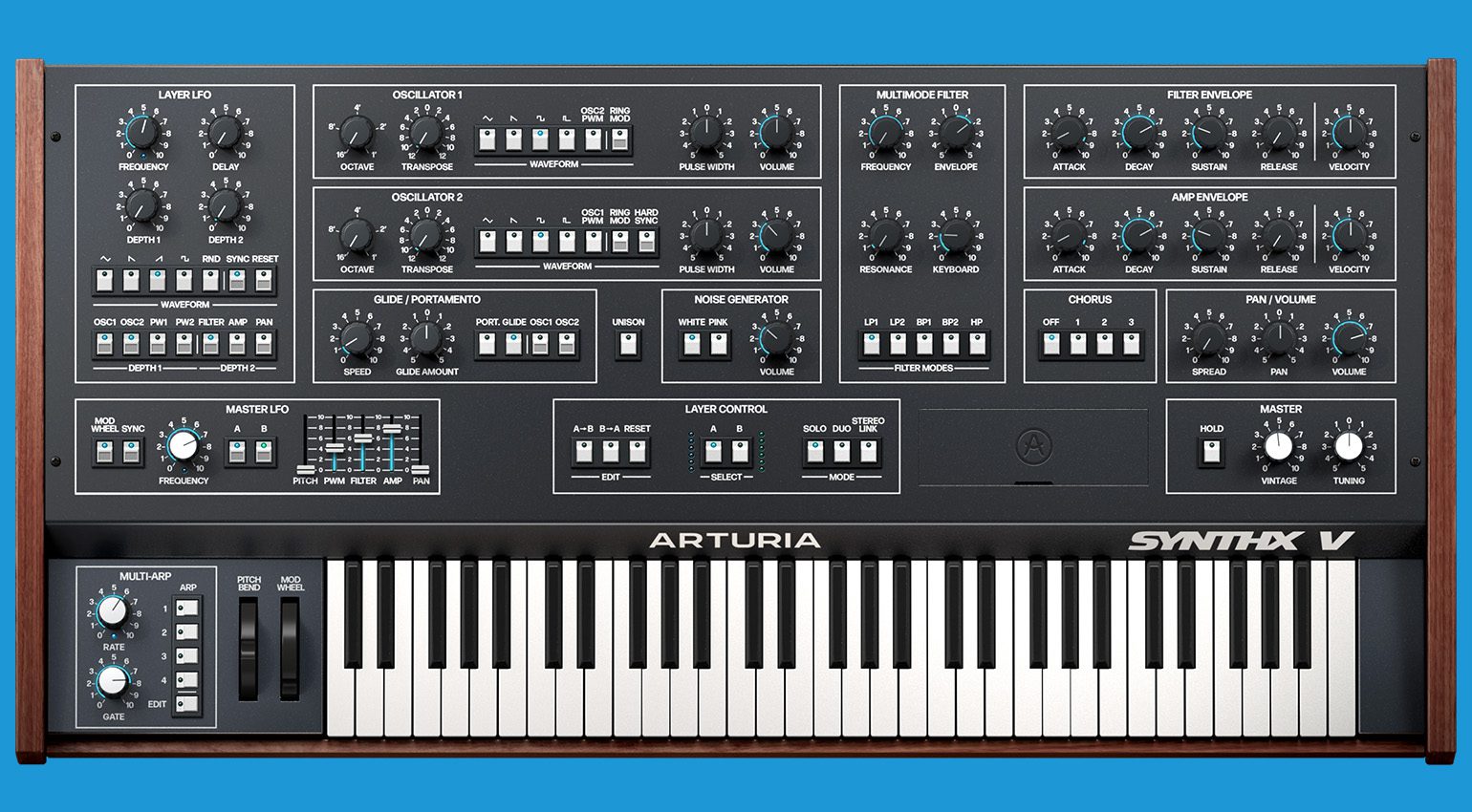
One response to “Arturia Synthx V – Italy’s Finest Synthesizer Reborn”
 3,0 / 5,0 |
3,0 / 5,0 | 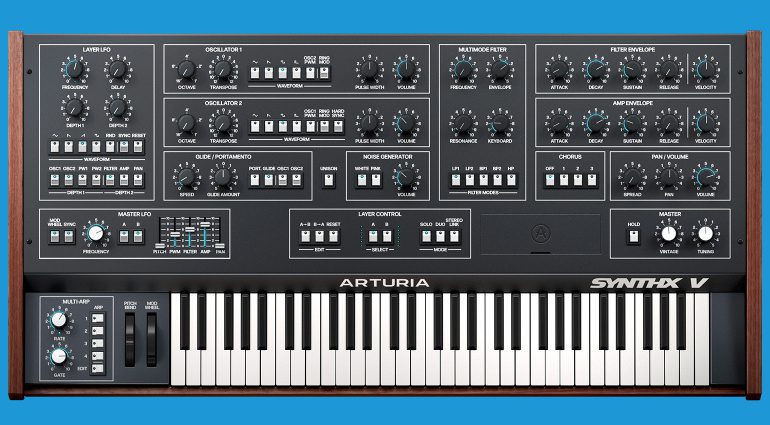
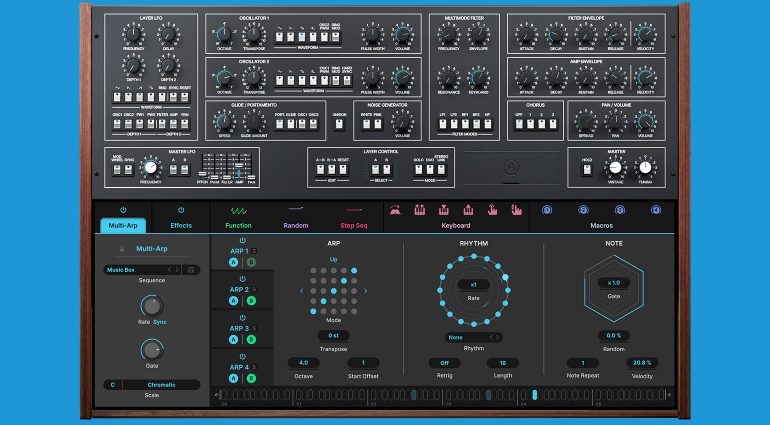



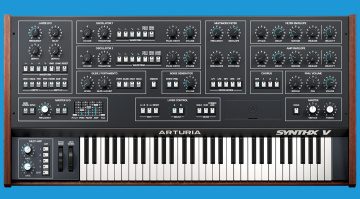

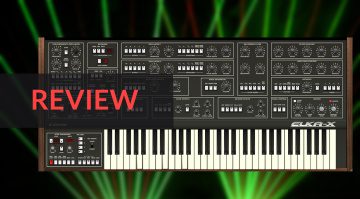
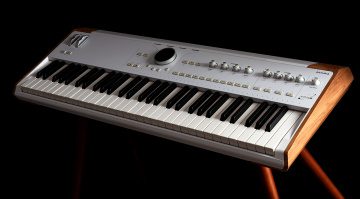
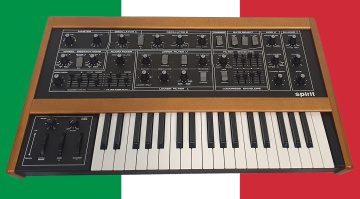


I love Softube stuff…but $200? In today’s market? They can keep it. Gear and plugins are in the worst state in HISTORY. It’s all a cash grabby MESS.